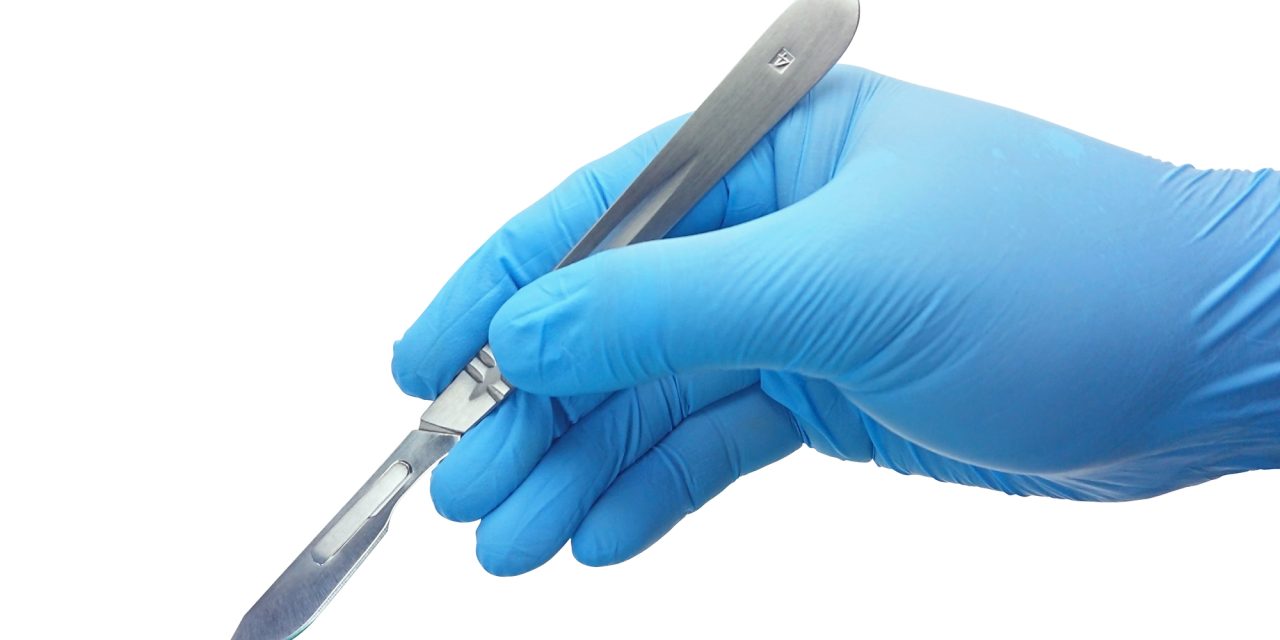This study states that Rotator sleeve tear arthropathy (RCTA) is a pathology described by a huge rotator sleeve tear joined with acromiohumeral and additionally glenohumeral joint inflammation. The seriousness of RCTA can be organized by the Hamada characterization. Why RCTA creates in certain patients is obscure. Besides, in RCTA patients, unmistakably extraordinary articular harm examples can create on the glenoid side as ordered by the Sirveaux grouping (glenoid disintegration). The objective of this investigation was to decide if an affiliation exists between scapular life systems and RCTA and distinctive seriousness phases of RCTA, just as the related glenoid disintegration types.
A measurable shape model of the scapula was built from an informational index of 110 figured tomography filters utilizing head segment investigation. 66 patients with degenerative rotator sleeve pathology shaped the benchmark group. A total 3-dimensional scapular bone model was made, and measurable shape model recreation was performed. Then, robotized 3-dimensional estimations of glenoid adaptation and tendency, scapular counterbalance, the basic shoulder point (CSA), the back acromial incline (PAS), and the sidelong acromial point (LAA) were performed. All estimations were then analyzed among controls and RCTA patients.
Reference link- https://www.jshoulderelbow.org/article/S1058-2746(20)30647-9/fulltext


